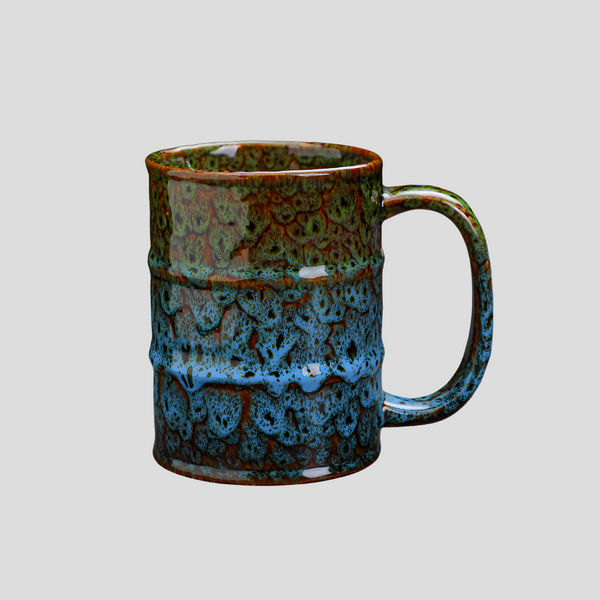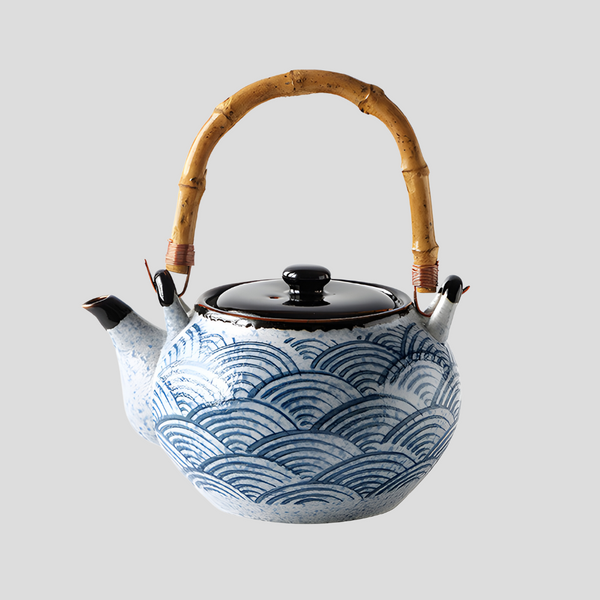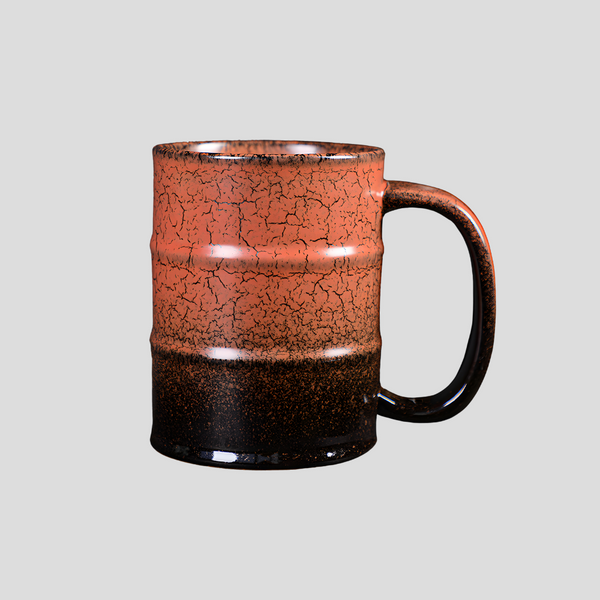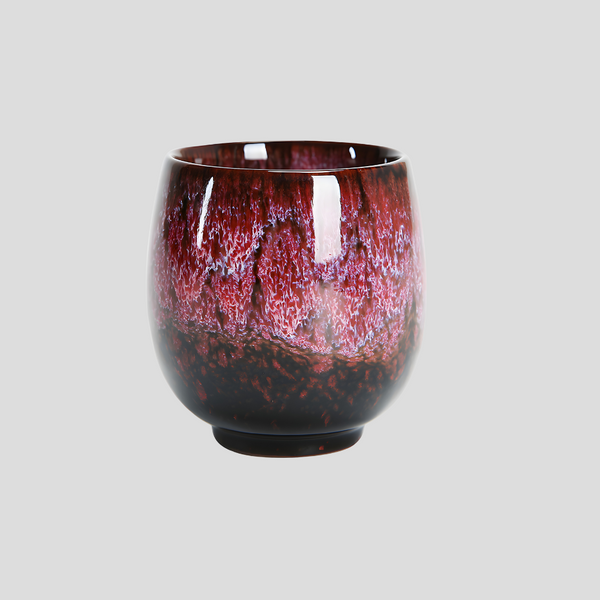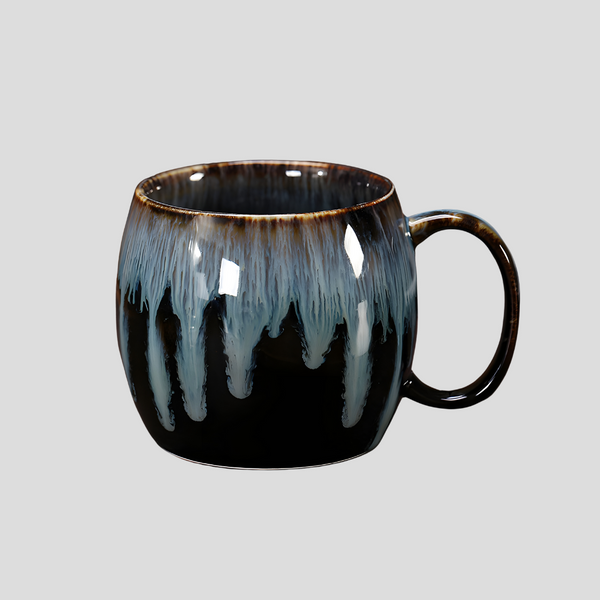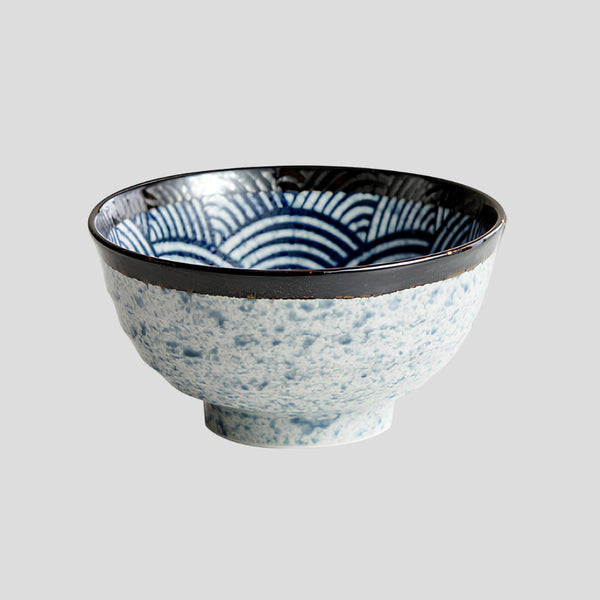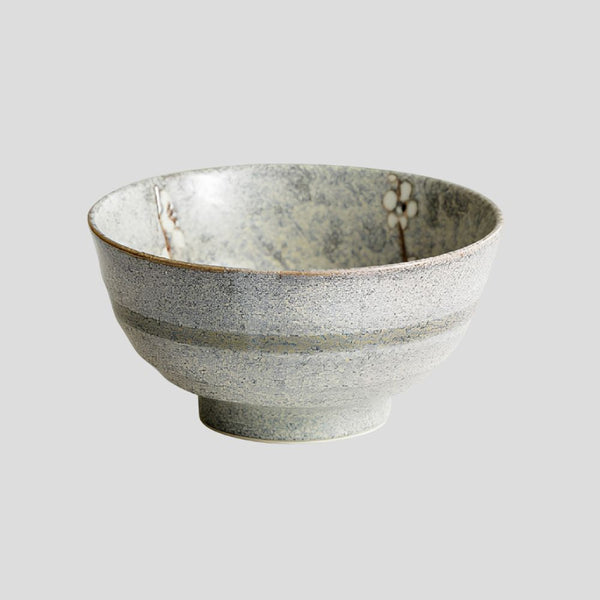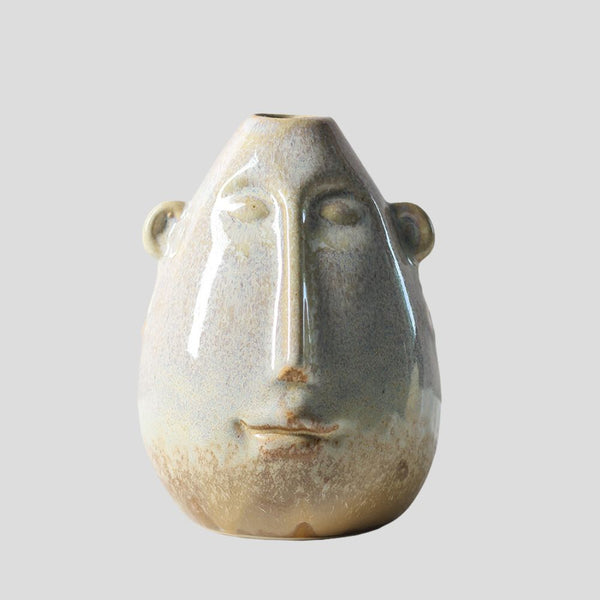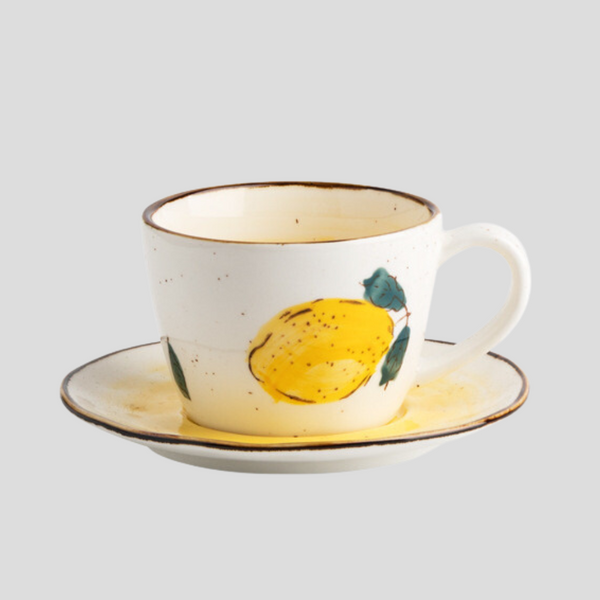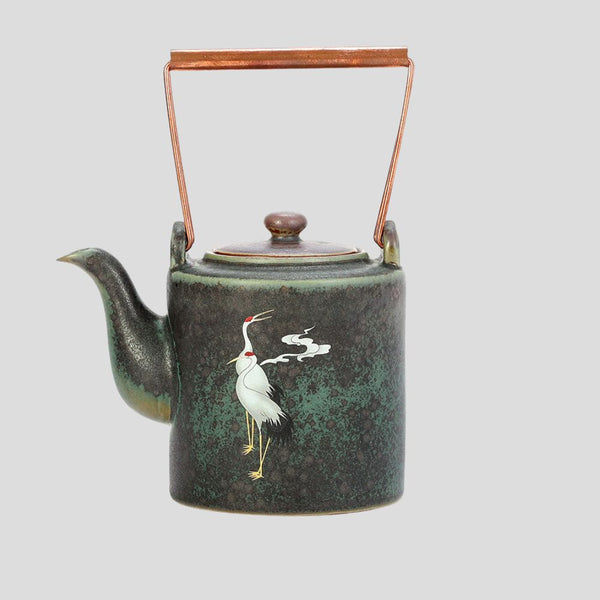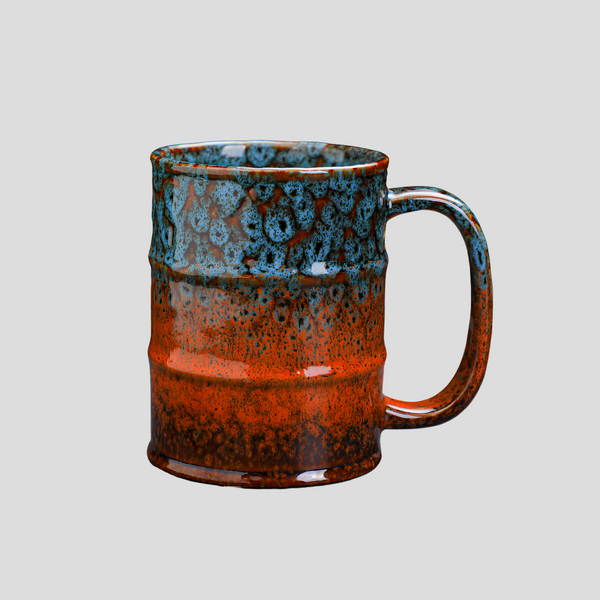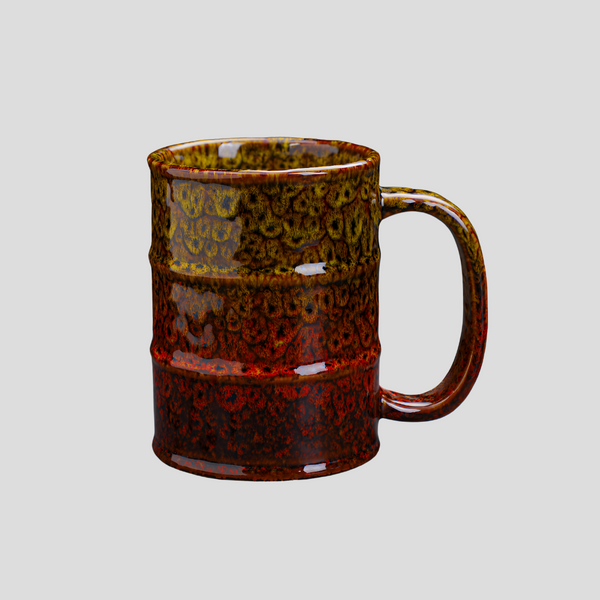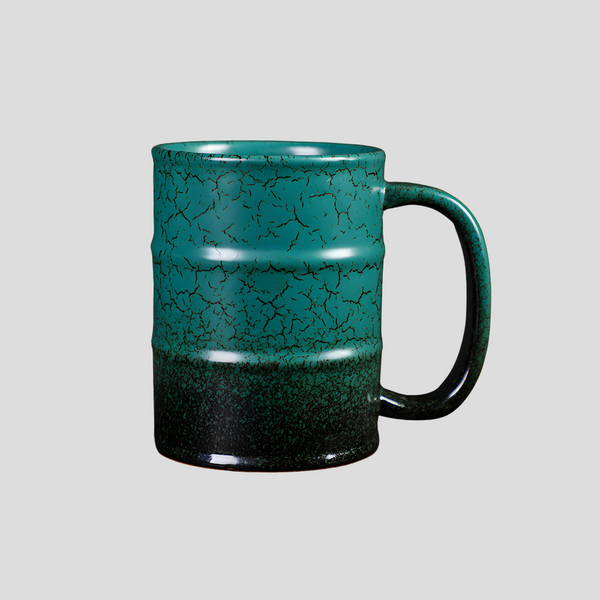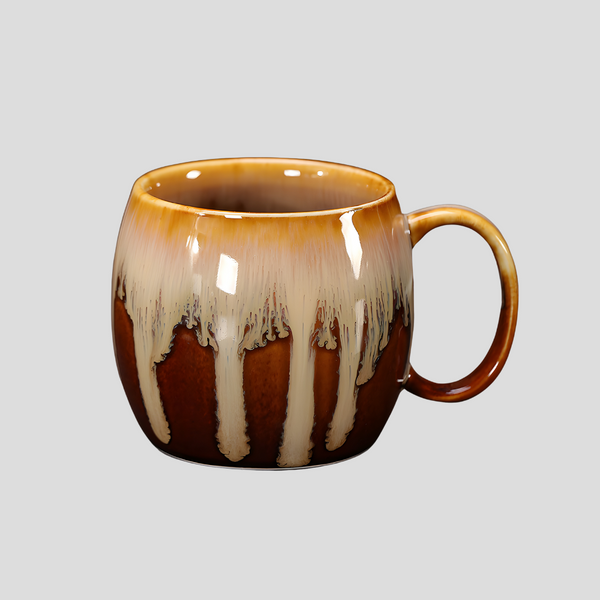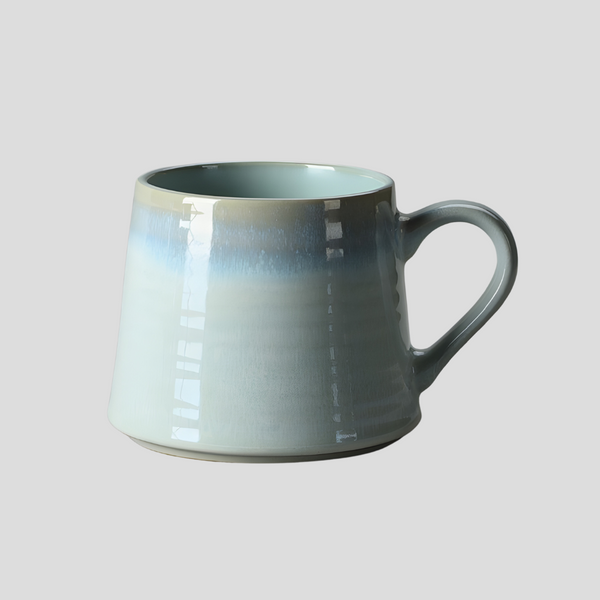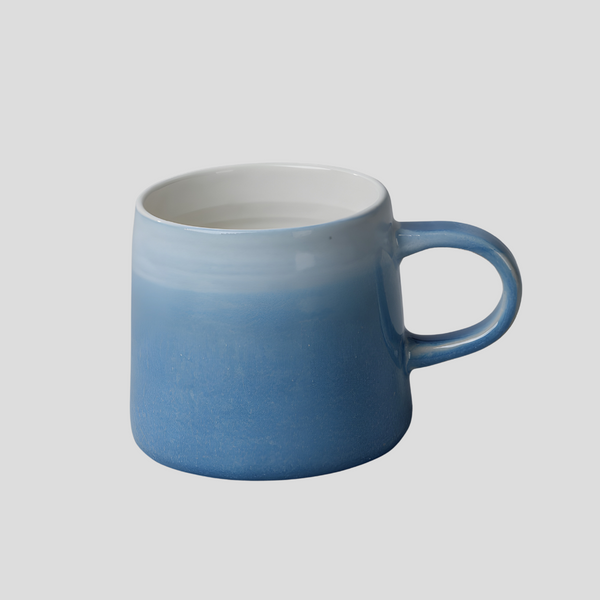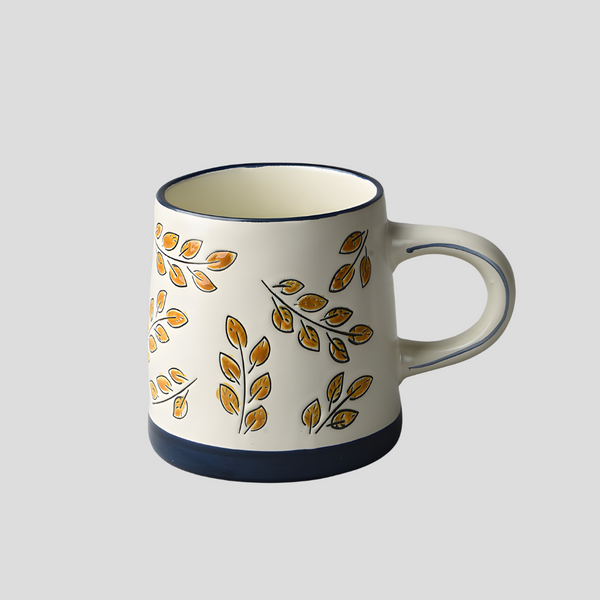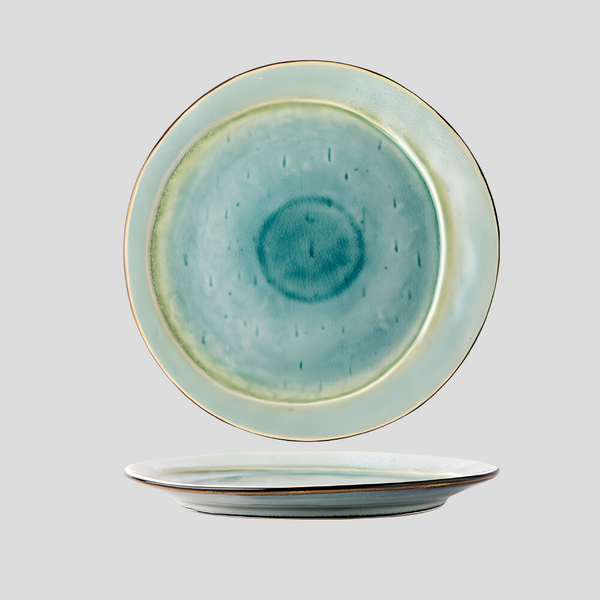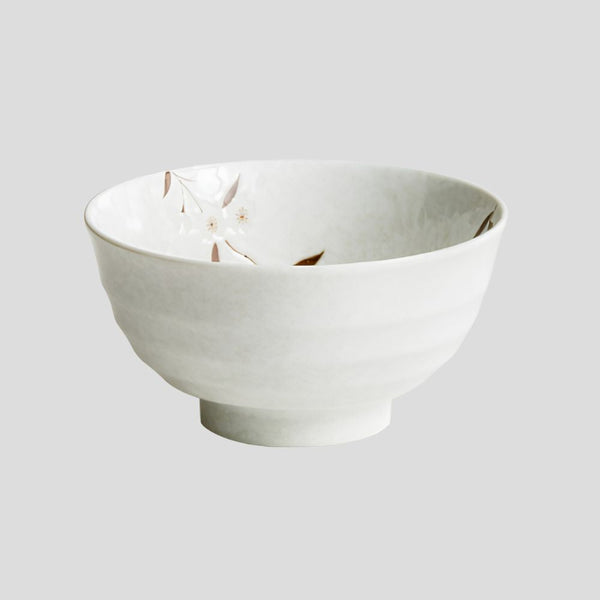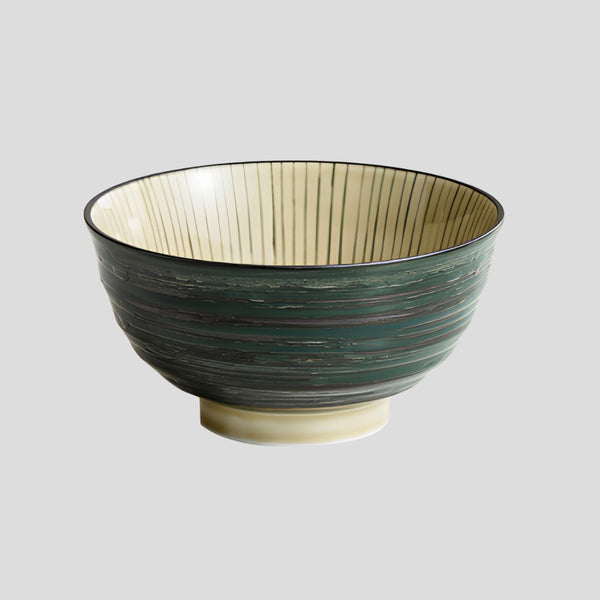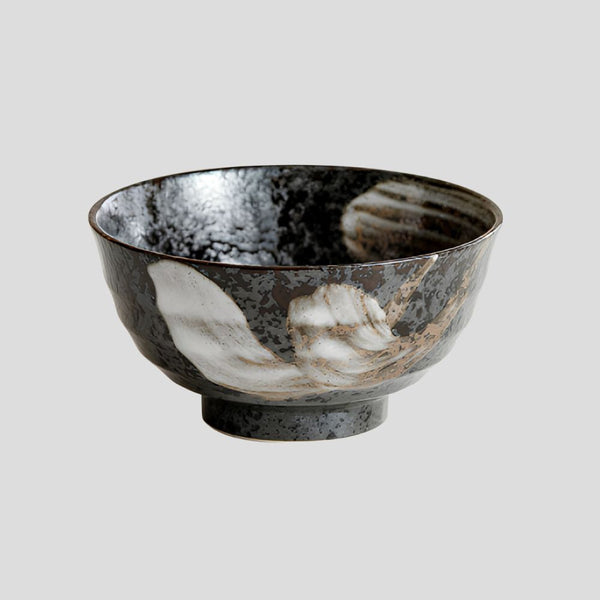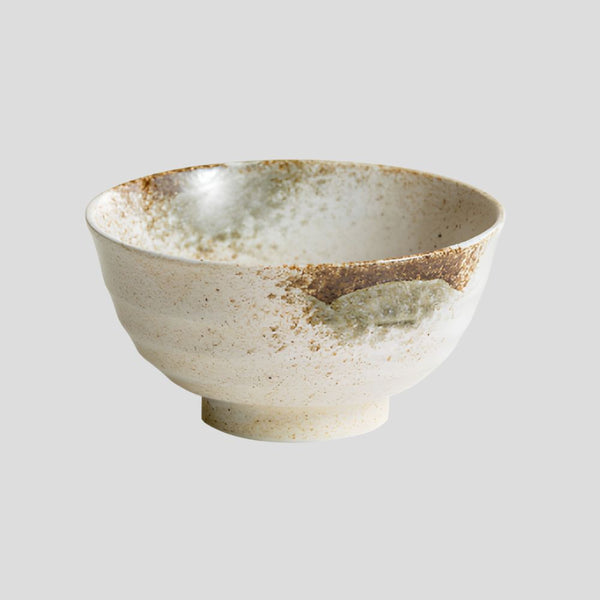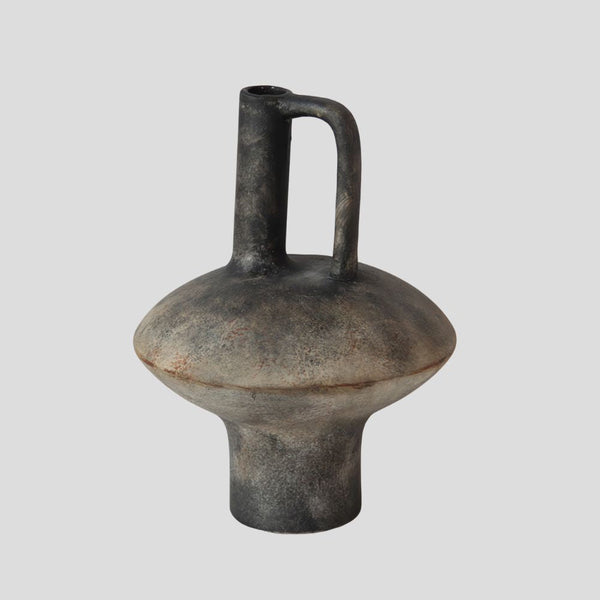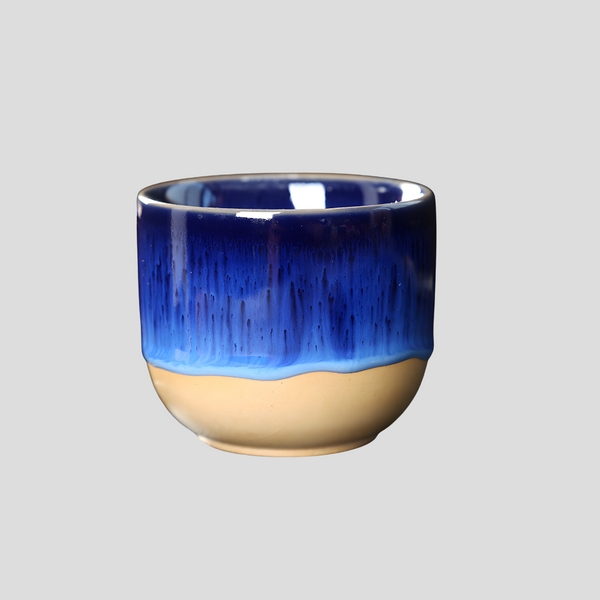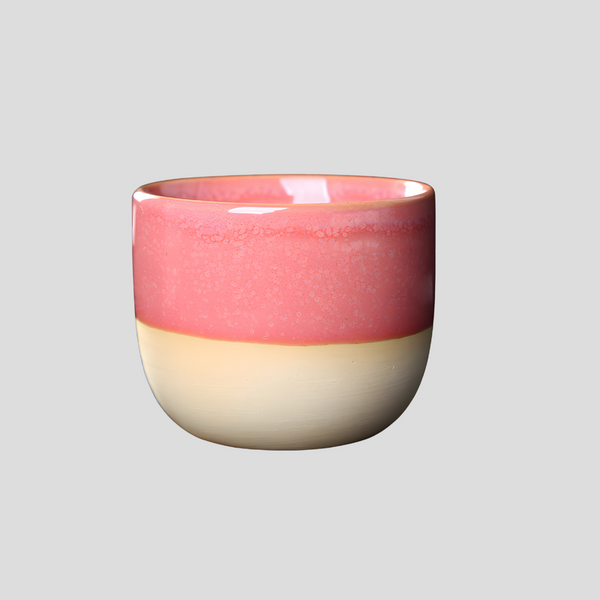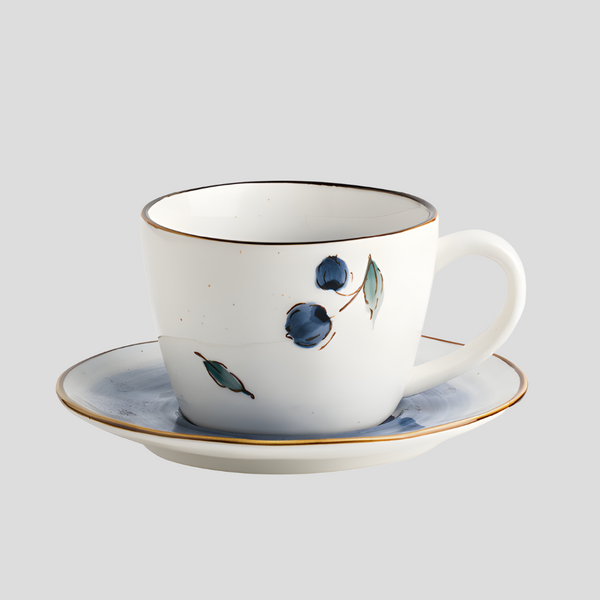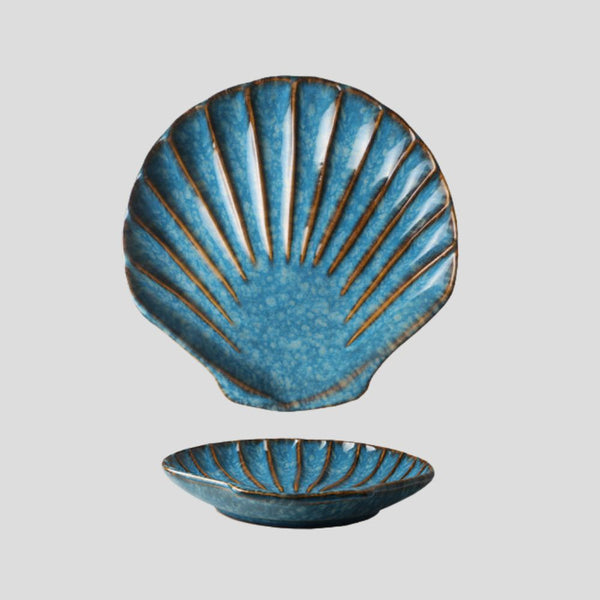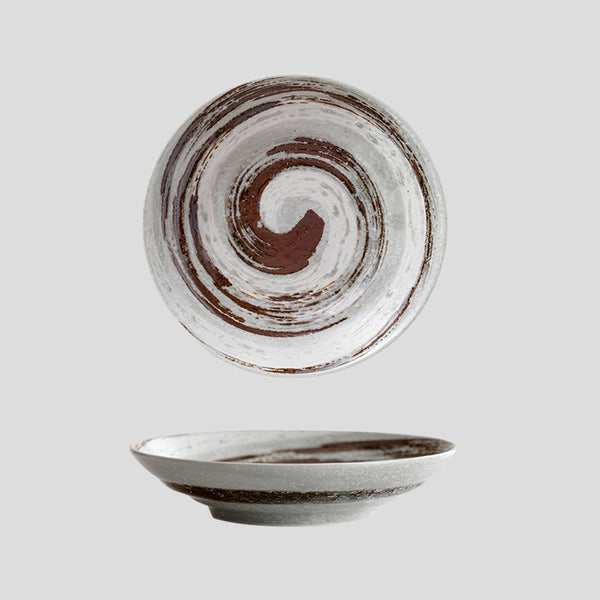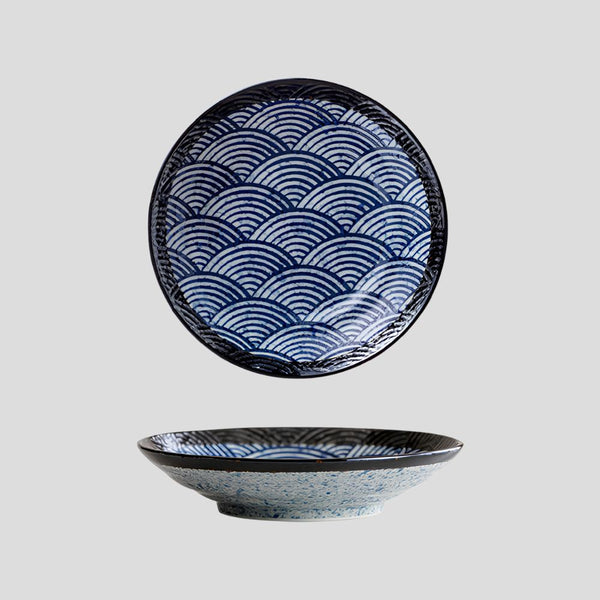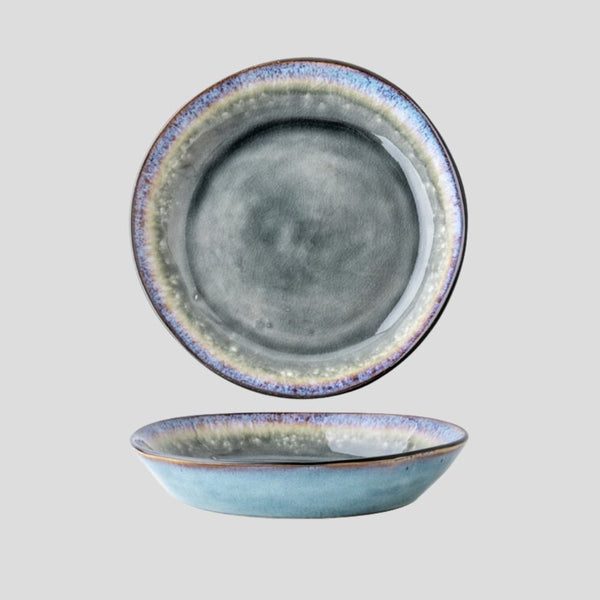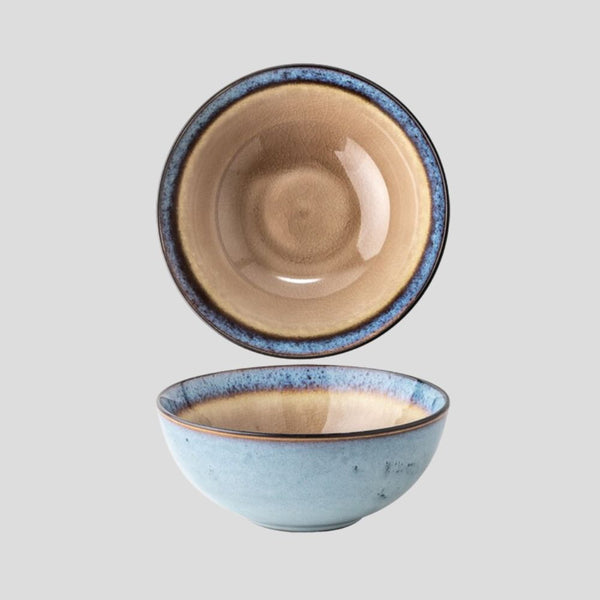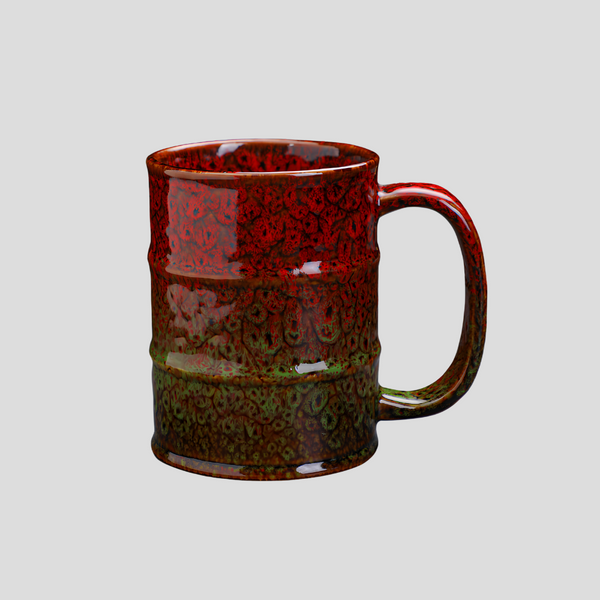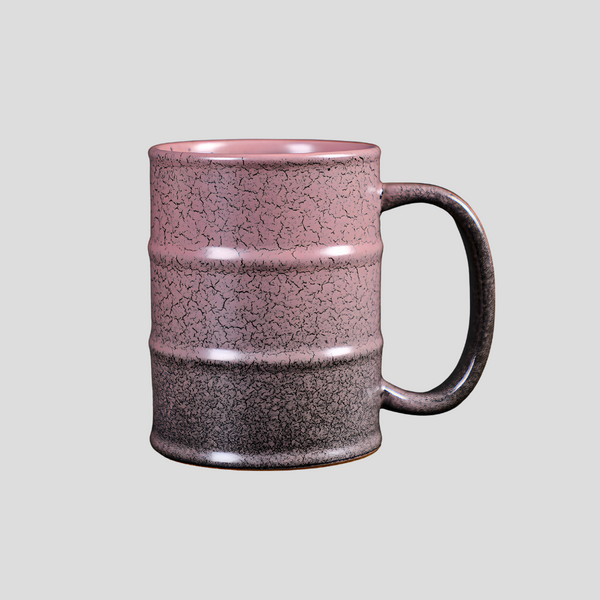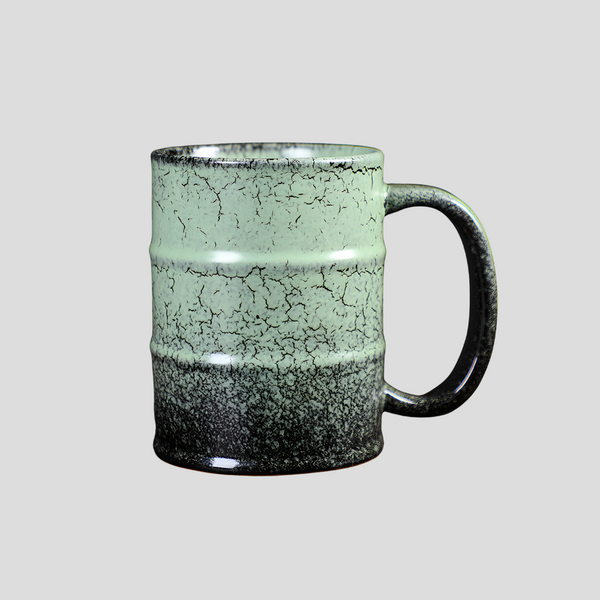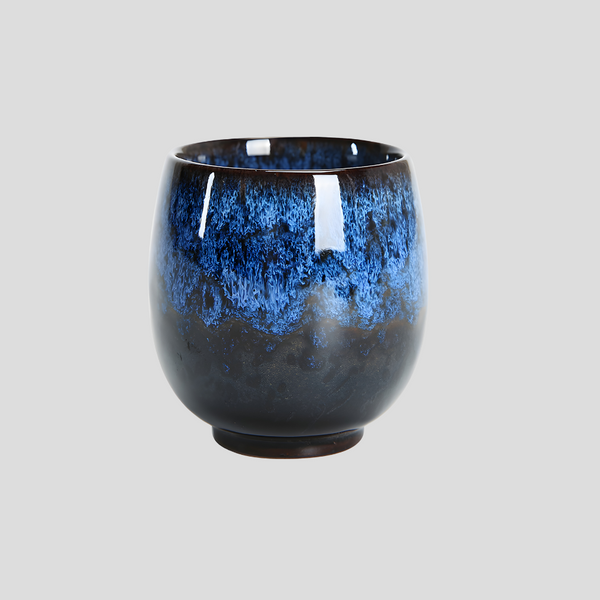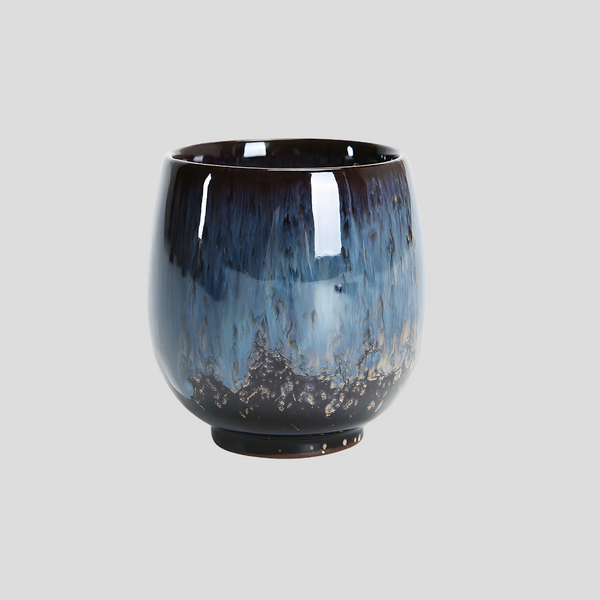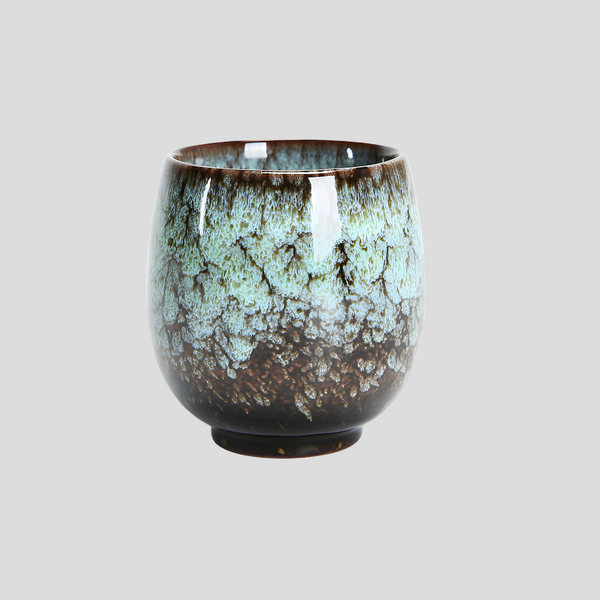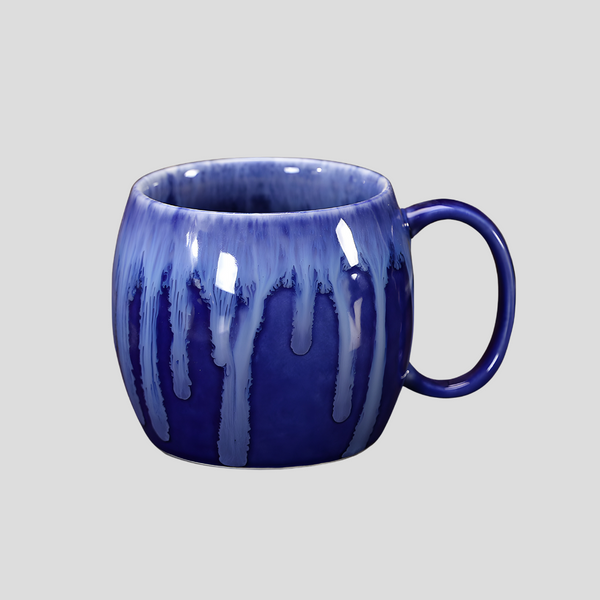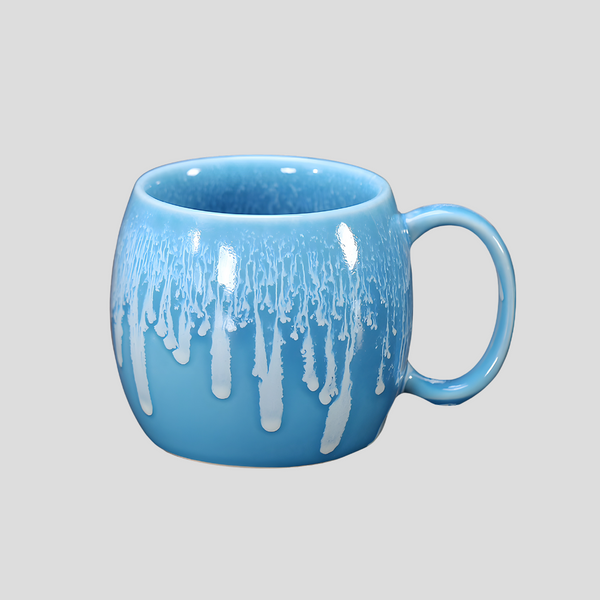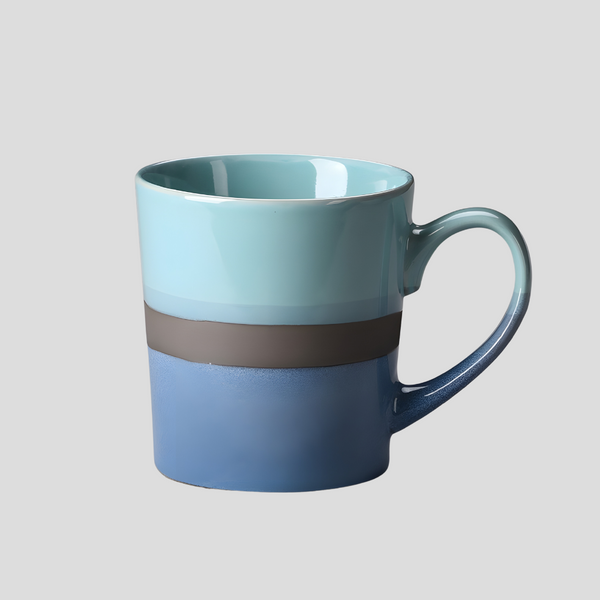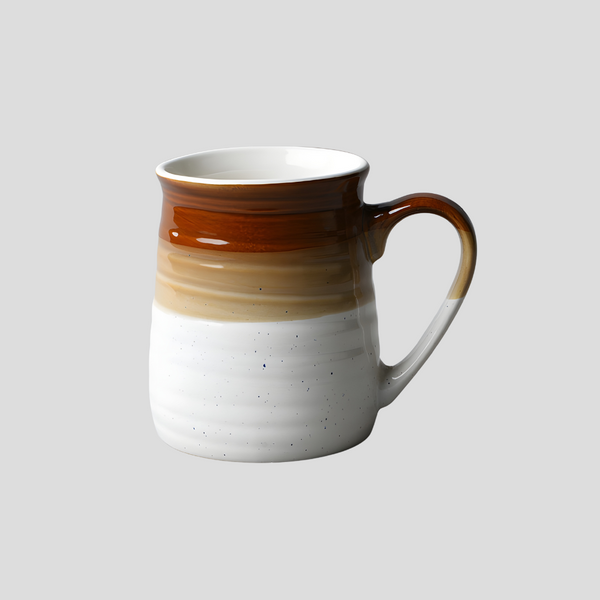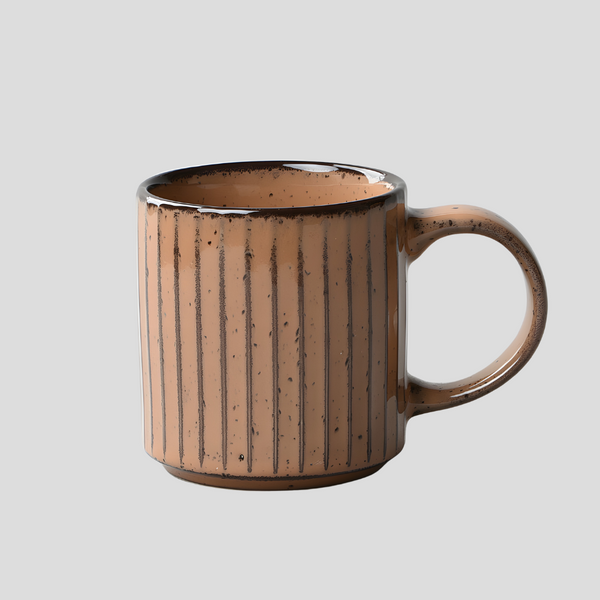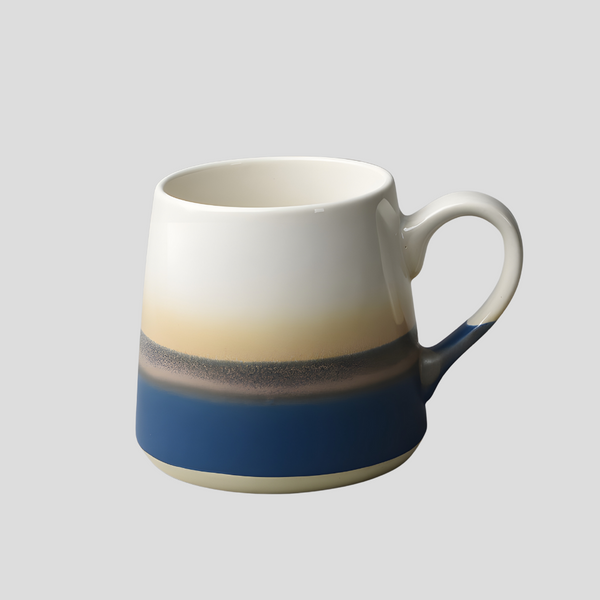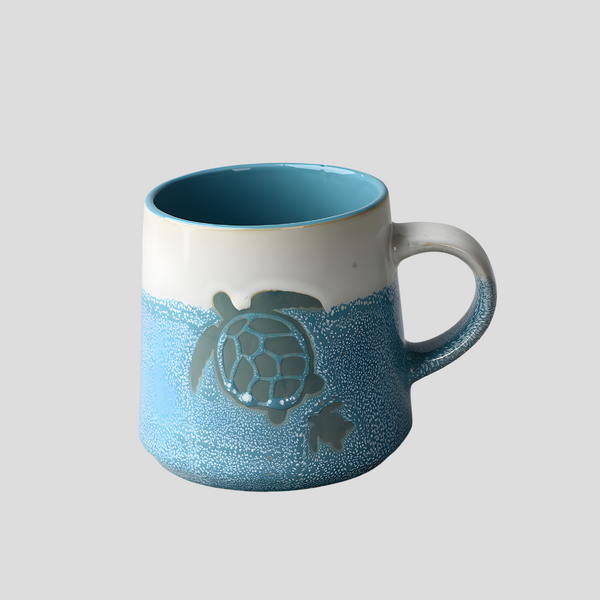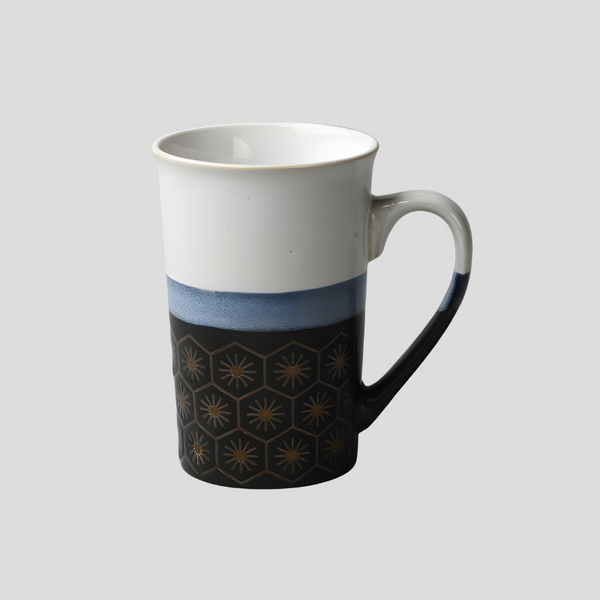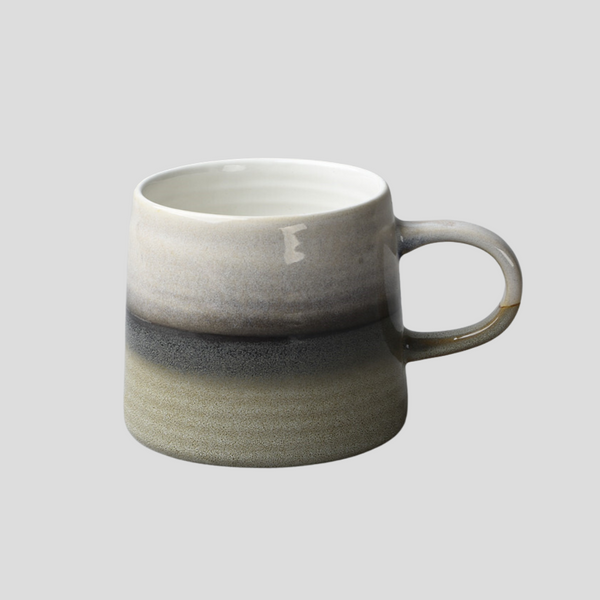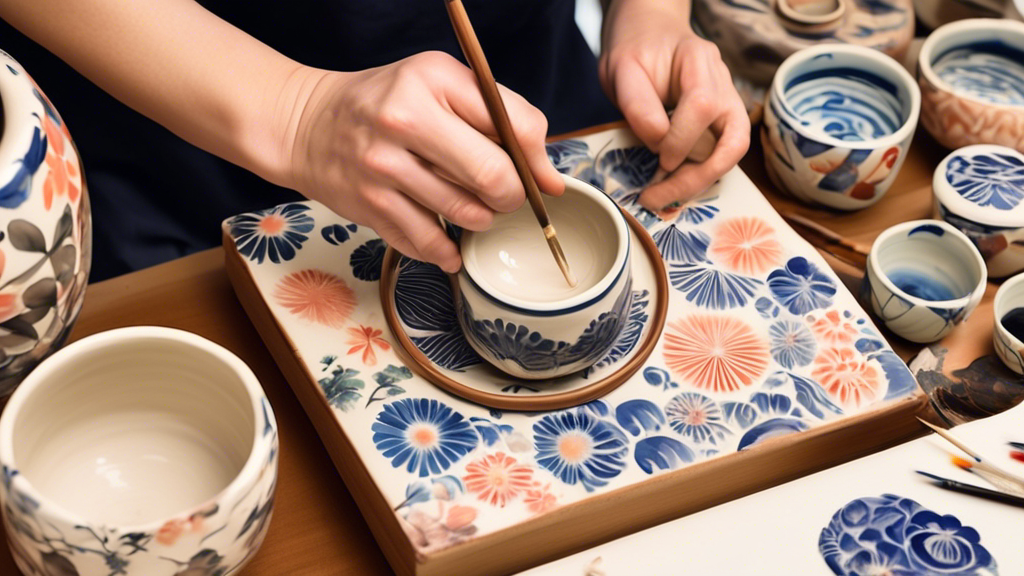
Exploring the Art of Hasami Yaki Ceramics
Exploring the Art of Hasami Yaki Ceramics
The tradition of Hasami Yaki, a form of Japanese pottery, extends over 400 years, deeply embedded within the cultural fabric of Japan. Known for its simple yet elegant aesthetics, Hasami Yaki ceramics exhibit a refined beauty that transcends time and fashion. Located in the Nagasaki Prefecture, the town of Hasami has carved out a distinguished presence in the world for its artisanal pottery. This article delves into the unique attributes, history, and enduring appeal of Hasami Yaki ceramics.
The Origins and Evolution
Hasami Yaki’s inception can be traced back to the early 17th century in the Hizen region, now known as Nagasaki Prefecture. Initially, the pottery started as a utilitarian craft, focusing on producing everyday items for common folk. The geographical advantage of abundant porcelain stone in the vicinity provided the essential raw material for the ceramics, fostering the development of this art form. Over centuries, Hasami Yaki has evolved, incorporating influences from various Japanese and Chinese pottery styles while maintaining its distinct identity rooted in simplicity and utility.
Characteristics of Hasami Yaki Ceramics
Hasami Yaki ceramics are renowned for their straightforward yet sophisticated design. The pottery often features minimally adorned surfaces, embodying the Japanese aesthetic principle of wabi-sabi, which finds beauty in simplicity and imperfection. Another distinguishing feature is the functionality of these ceramics, designed to seamlessly integrate into daily life. Hasami Yaki pieces also frequently exhibit a soft, matte finish, though glazing techniques vary widely, producing a range of textures and appearances. The indigo blue underglaze, a traditional color choice, remains a popular option, providing a striking contrast against the white porcelain background.
The Making Process
The production of Hasami Yaki ceramics follows a meticulous process, combining traditional methods with modern techniques. It begins with the selection and preparation of the porcelain clay, followed by shaping the items using either hand-throwing or molding. The pottery is then subjected to a bisque firing at lower temperatures, after which glazes are applied. The final firing at high temperatures vitrifies the porcelain, creating the finished product. Artisans and craftsmen pay close attention to every detail, ensuring the high quality and uniqueness of each piece.
Cultural Significance
Hasami Yaki is more than just pottery; it represents a cultural heritage that emphasizes values such as simplicity, functionality, and harmony with nature. The ceramics have played a pivotal role in the daily lives of Japanese people, offering both aesthetic pleasure and practical utility. Additionally, Hasami Yaki has had a considerable impact on tea culture in Japan, with its tea ware highly esteemed among tea practitioners and enthusiasts. The tradition of Hasami Yaki also fosters a sense of community among artisans, who share techniques, designs, and ideas, ensuring the survival and evolution of this craft.
The Global Appeal of Hasami Yaki
In recent years, Hasami Yaki ceramics have gained international recognition, admired for their timeless design and quality craftsmanship. Enthusiasts and collectors worldwide appreciate these pieces for both their aesthetic appeal and functional design. The global fascination with Hasami Yaki underscores a growing appreciation for handmade, artisanal goods that embody a rich cultural history and a return to simplicity and authenticity in design.
In conclusion, Hasami Yaki ceramics offer a window into the rich cultural traditions of Japan, where artistry meets practicality. These ceramics are not only a testament to the skill and dedication of their makers but also a reflection of the philosophical and aesthetic values that define Japanese culture. As Hasami Yaki continues to evolve, it remains a cherished form of artistic expression and a beloved feature of daily life in Japan and beyond.
Click this link to check out our ceramic artwork!